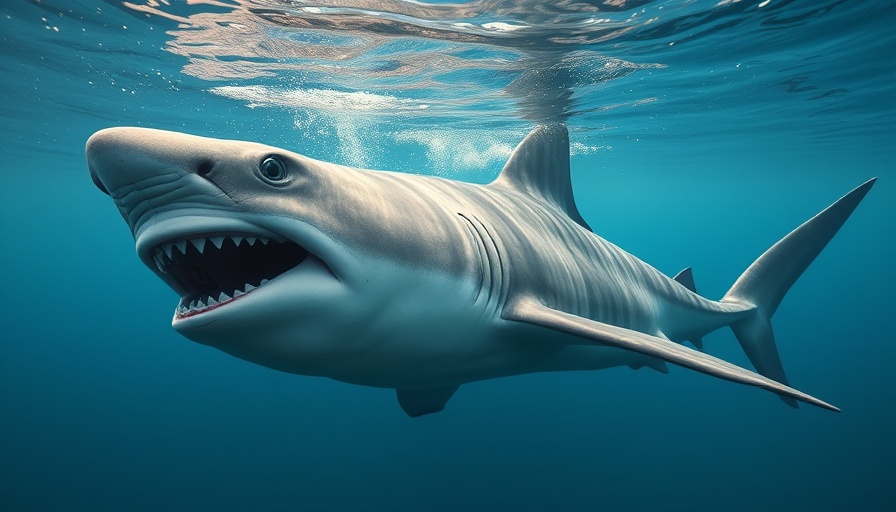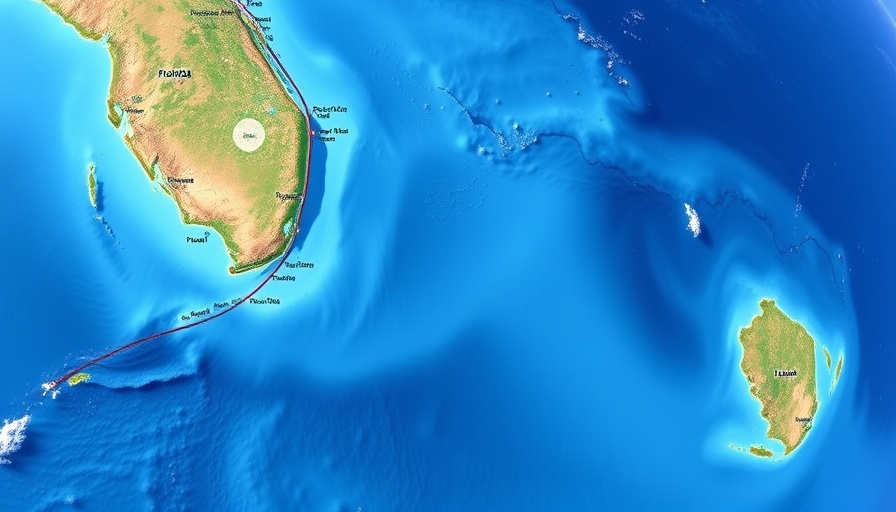
The Untamed Giants: Sharks of the Gulf of Mexico
The Gulf of Mexico, a vast body of water spanning over 617,800 square miles, is not just a destination for sun-soaked vacations. Beneath its glossy surface lurks a range of marine life, captivating in both its beauty and its dangers. Among these fascinating creatures are sharks, magnificent yet often misunderstood apex predators. With around 24 different species reported in the Gulf, these ancient animals, which have existed for over 400 million years, play an essential role in ocean ecosystems. Despite their fearsome reputation, particularly among beachgoers during peak tourist season, the reality is starkly different: shark attacks on humans are incredibly rare and typically accidental.
The Massive Marine Predators
As we explore the giants of the Gulf, it's vital to understand their significance and the role they play. Here are some of the most massive sharks swimming through these waters:
6. The Tiger Shark: The Opportunistic Feaster
The tiger shark's average length ranges from 10 to 14 feet, with some individuals growing up to a staggering 25 feet. Known for its fierce and adaptable nature, this predator is often found in warm, shallow waters, making it a frequent visitor to beachgoers. Tiger sharks are not just big; they are also considered 'near threatened' on the IUCN list due to their declining populations. Their reputation as man-eaters often causes concern, but understanding their behavior reveals their attacks are a misunderstanding of their nature.
5. Great Hammerhead Shark: The Apex Hunter
The great hammerhead is both iconic and impressive, averaging about 13 feet in length but capable of reaching nearly 20 feet. These sharks use their unique head shape to detect prey effectively. However, they face significant threats from overfishing, and conservationists recognize them as 'critically endangered.' Efforts to protect this species are critical, as they primarily inhabit coastal ecosystems, including the Gulf.
4. Common Thresher Shark: The Leaper of the Sea
The common thresher shark, while not as widely recognized as the others, deserves mention for its sheer size and unique hunting techniques. This shark has the ability to leap out of the water, making it a truly spectacular creature to observe. Known for their streamlined bodies and elongated tails, threshers can grow up to 20 feet long and have compelling hunting strategies that demonstrate their intelligence.
Understanding the Role of Sharks
Sharks are not simply monsters lurking in the depths; they are pivotal players in maintaining the health of marine ecosystems. Each species carries out specific roles that contribute to ecological balance, and the decline of shark populations can lead to unforeseen consequences for the entire oceanic food chain. By understanding these majestic creatures, we can shift perceptions from fear to appreciation, highlighting their importance in our oceans.
Shark Conservation Efforts
Awareness and education about sharks during campaigns like Shark Week exemplify a growing recognition of the need to preserve these creatures. Conservation organizations work tirelessly to encourage sustainable fishing practices, protect habitats, and instill a sense of responsibility towards marine life among the public. When we understand sharks beyond their stereotypes, we foster greater empathy and commitment to their survival.
What's Next for Our Oceanic Friends?
As oil spills, climate change, and fishing pressures threaten shark populations, it is imperative that we take action. Investing time and resources in marine conservation can turn the tide for these underappreciated animals. Join the conversation, stay informed, and consider supporting local conservation initiatives to protect the sharks swimming in our waters.
In the end, we must recognize that sharks do not want us; they want their space in the ocean. It's up to us to ensure they have it.
 Add Row
Add Row  Add
Add 




 Add Row
Add Row  Add
Add 

Write A Comment